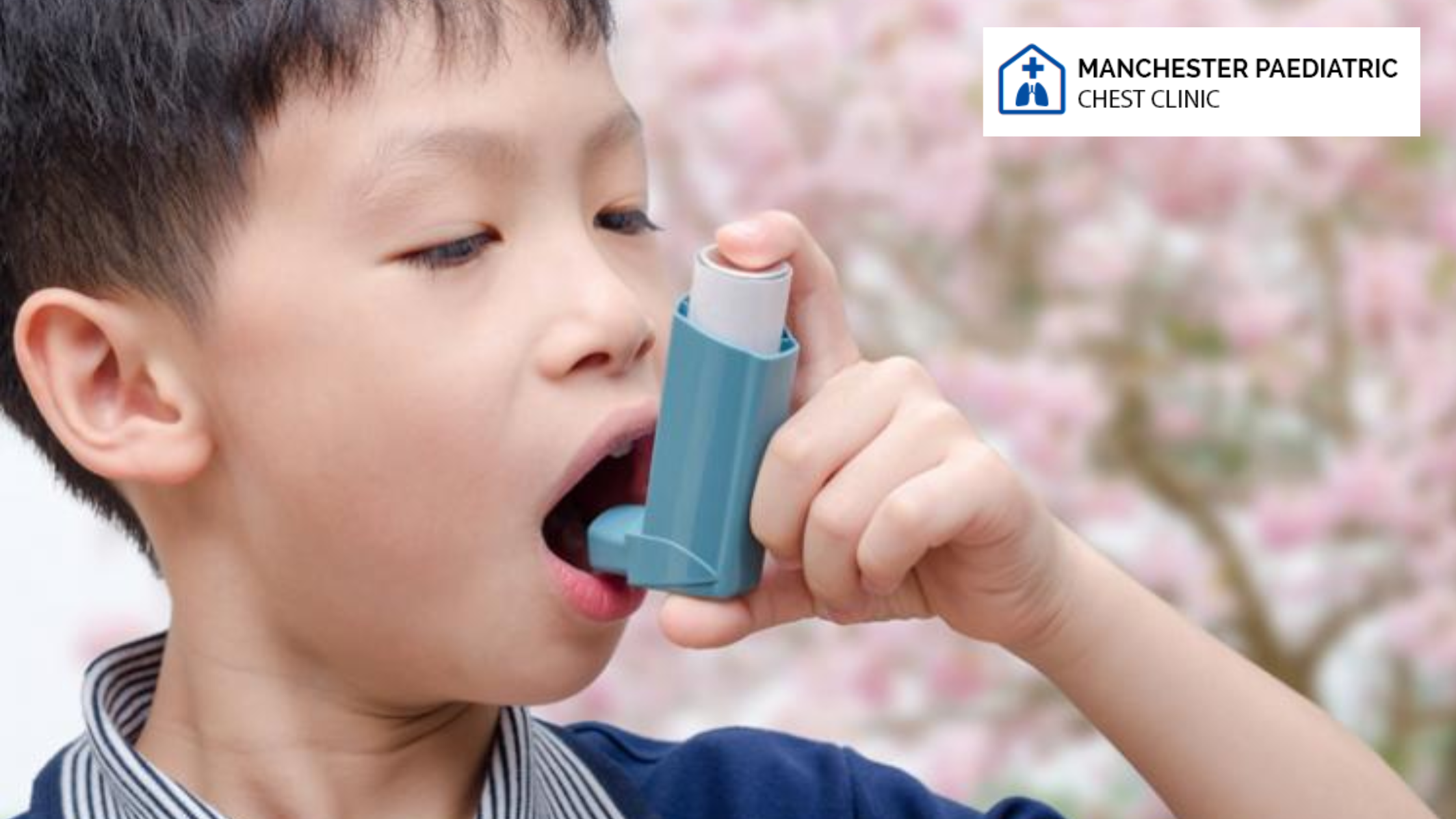
Normal
0
false
false
false
EN-US
X-NONE
X-NONE
/* Style Definitions */
table.MsoNormalTable
{mso-style-name:”Table Normal”;
mso-tstyle-rowband-size:0;
mso-tstyle-colband-size:0;
mso-style-noshow:yes;
mso-style-priority:99;
mso-style-parent:””;
mso-padding-alt:0cm 5.4pt 0cm 5.4pt;
mso-para-margin-top:0cm;
mso-para-margin-right:0cm;
mso-para-margin-bottom:10.0pt;
mso-para-margin-left:0cm;
line-height:115%;
mso-pagination:widow-orphan;
font-size:11.0pt;
font-family:”Calibri”,sans-serif;
mso-ascii-font-family:Calibri;
mso-ascii-theme-font:minor-latin;
mso-hansi-font-family:Calibri;
mso-hansi-theme-font:minor-latin;
mso-bidi-font-family:”Times New Roman”;
mso-bidi-theme-font:minor-bidi;
mso-ansi-language:EN-US;
mso-fareast-language:EN-US;}
Living with asthma can be challenging, especially when it comes to physical activity. Many people worry that exercise will worsen their symptoms, leading to breathlessness, wheezing, or even a full-blown asthma attack. However, with the right approach, exercise can be both safe and beneficial. In fact, staying active can strengthen lung function, improve overall health, and enhance endurance. The key is to understand your triggers and take precautions to prevent complications.
If you or your child struggle with asthma, searching for a “best asthma specialist near me” or a respiratory paediatrician can provide tailored guidance to manage symptoms effectively.
How Does Exercise Affect Asthma?
When we exercise, we breathe faster and deeper, which can sometimes dry out the airways. For people with asthma, this can lead to inflammation and constriction of the bronchial tubes, making it harder to breathe. Certain activities, such as running in cold weather, can be particularly triggering. However, this doesn’t mean that people with asthma should avoid exercise altogether. Instead, choosing the right activities and taking preventive measures like visiting a Manchester Child Lung Clinic can make a significant difference.
Best Types of Exercise for People with Asthma
Not all forms of exercise are equally challenging for individuals with asthma. Some activities are more asthma-friendly than others, as they allow for controlled breathing and minimal strain on the lungs. Swimming is one of the best options, as the warm, humid air in indoor pools helps keep airways moist, reducing the risk of asthma attacks.
Walking or hiking at a moderate pace allows for steady breathing and is easier to control than high-impact activities. Yoga and Pilates focus on controlled breathing, improving lung capacity and reducing stress, which can also help with asthma symptoms. Cycling at a steady pace is another great way to build endurance without overexerting the lungs. Before starting any exercise routine, consulting a chest infection specialist in Manchester can help identify potential risks and ensure a safe fitness plan.
How to Prevent Asthma Symptoms During Exercise
Warm Up and Cool Down Properly
Jumping straight into intense exercise can shock the airways, increasing the risk of asthma symptoms. A gradual warm-up helps prepare the lungs, while a proper cool-down prevents sudden bronchial constriction. Taking the time to ease into physical activity can make a significant difference in how the body responds.
Monitor Symptoms and Know When to Stop
Paying attention to early warning signs of asthma symptoms is crucial. If there is any tightness in the chest, shortness of breath, or excessive wheezing, stopping the activity immediately and using an inhaler if necessary can prevent a more severe attack. If symptoms persist despite precautions, seeking guidance from a Manchester Child Lung Clinic or a Pneumonia specialist in Manchester can help in adjusting treatment plans to ensure safe exercise.
Avoid Triggers
Cold air, dry air, pollen, and pollution can aggravate asthma symptoms. If exercising outdoors, checking air quality levels and avoiding peak pollen times can help reduce exposure to irritants. Wearing a scarf or mask during cold weather can also help warm and humidify the air before it reaches the lungs.
Use Medication as Prescribed
For many people with asthma, using a prescribed inhaler before exercise can help prevent symptoms. A best asthma specialist can determine the right medication and dosage based on individual needs. It is essential to follow medical advice and carry a rescue inhaler at all times, especially when engaging in physical activity.
The Importance of Professional Guidance
Managing asthma while staying active requires a well-structured plan, which is why consulting a specialist is essential. A pediatric asthma doctor or a respiratory paediatrician in Manchester can offer personalized recommendations based on an individual’s specific condition.
Regular check-ups with a chest infection specialist can also help monitor lung health and prevent complications. If recurrent respiratory issues are a concern, visiting a Manchester Child Lung Clinic can provide expert care and comprehensive treatment plans to improve overall lung function.
Asthma should never be a barrier to leading an active lifestyle. With the right precautions, proper medical guidance, and an understanding of personal triggers, individuals with asthma can safely enjoy the benefits of exercise. Staying proactive in managing symptoms and working closely with specialists will ensure that fitness remains a positive part of life rather than a source of stress.